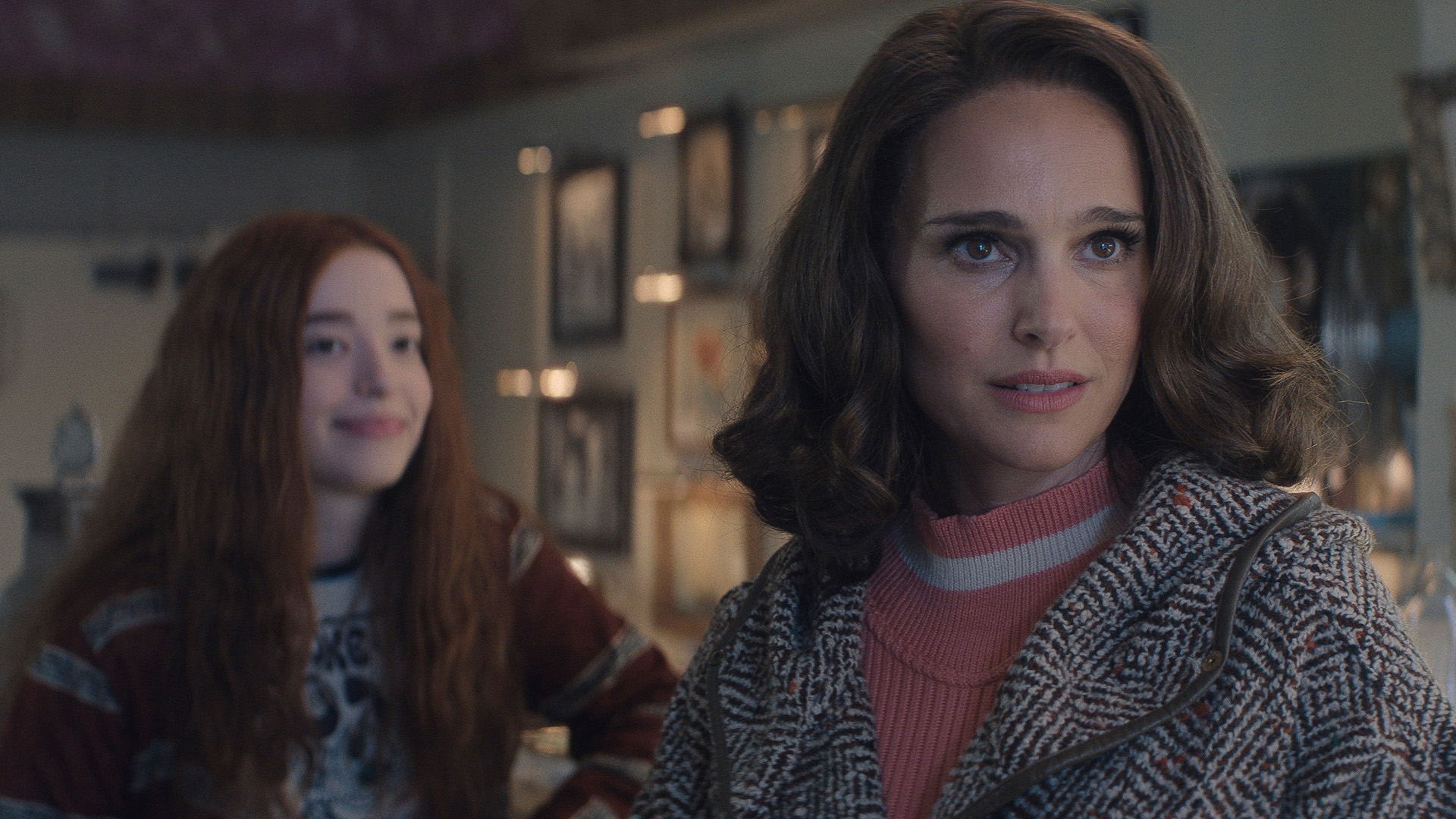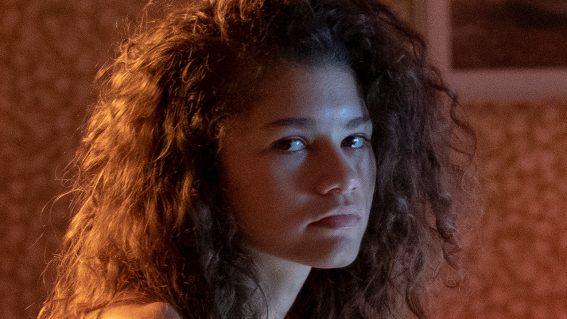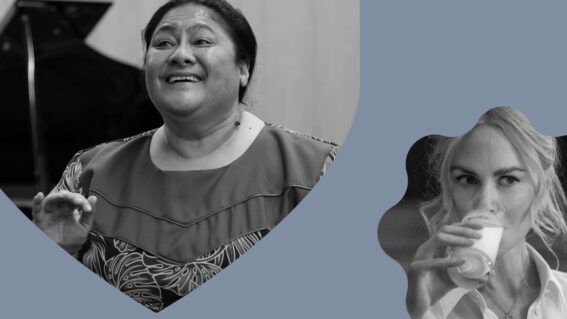Crime drama Lady in the Lake asks: Who has the moral authority to play detective?

Clarisse Loughrey’s Show of the Week column, published every Friday, spotlights a new show to watch or skip. This week: Apple TV+ mystery Lady in the Lake.
“Ordinary life does not interest me,” diarist Anaïs Nin once wrote. “I seek only the high moments. I am in accord with the surrealists, searching for the marvellous.” It’s a passage recited, as if it were a sacred text, by the young and impressionable Judith (Mikey Madison) to an older woman, Maddie Schwartz (Natalie Portman), to whom she’s loaned her apartment. Maddie has fled her stranglehold of a marriage. She had wanted to be a journalist, once, before life’s cruelties and mundanities hustled their way in. Perhaps that’s where her marvellous lies.
Yet, Lady in the Lake, Apple TV+’s latest mystery jaunt, undercuts its feminist jubilations by asking the hard, uncomfortable questions. How often is one woman’s empowerment achieved at the expense of another’s? When we celebrate the crowning of a new woman CEO or presidential candidate, has her path to victory quietly (or not so quietly) been carved out through the exploitation of others? Is Maddie really our show’s hero when her pursuit of journalistic notoriety comes at the expense of the humanity and dignity of Cleo Johnson (Moses Ingram), the Black woman whose murder she’s determined to solve?
Here’s a crime series that asks who, really, has the moral authority to play detective? And, in adapting Laura Lippman’s 2019 novel to screen, it offers these conversations a specific time and sociopolitical context. Lippmann’s story was first sparked by the contrast she discovered in two real-life murders in sixties Baltimore—one, of Esther Lebowitz, an 11-year-old Jewish girl, she remembered from her own youth. It was heavily covered by the local media. Three months earlier, the body of Shirley Lee Wigeon Parker, a Black 35-year-old woman, was discovered in a park fountain. Her initial disappearance did not merit a mention in the daily newspaper. Her death was mentioned only in passing.
The subsequent novel heavily fictionalises these events, and the series, created and directed by Alma Har’el, uses its structure to amplify Cleo’s presence in the narrative—not only to create a greater parallel between her and Maddie’s lives but to highlight how extraordinary both Ingram and Portman are in their respective roles. Both these women’s lives are shaped by their identities; Maddie is constantly, discomfortingly, told she “doesn’t look Jewish”. At Esther’s funeral service, she discovers that several Jewish headstones have been vandalised by white supremacists. No one believes in her investigative skills and, even when she’s breached the newspaper company doors, she’s sexually harassed and undermined at every turn.

Cleo, meanwhile, finds herself torn between economic necessity and her own values. She tries to champion a local political candidate, Myrtle Summer, who might offer her two sons a better education, but finds herself in conflict with her boss, and Myrtle’s rival, the ethically shady Shell Gordon (Wood Harris). Nin’s “marvellous” holds different implications for these women. Maddie sacrifices for self-fulfilment, Cleo sacrifices for survival—she had a dream, once, of becoming a singer, but that seems to belong almost to another lifetime.
Both of these women are oppressed, but the evil trick of those on top is that they’ve assured not all oppressed groups are equal in their oppression and, in turn, that not all oppressed groups are united in solidarity. People take what power they can. “We both paid a different price for our freedom, didn’t we Maddie?” Cleo’s narration warns.
Ingram and Portman embrace all these complexities. Their characters are a hot fever of fortitude, enmity, and grace, and it certainly helps that they’ve been so beautifully clothed by Shiona Turini and coiffured by Jose Zamora in the Jackie Kennedy-esque styles of the time. Har’el, too, creates frequent diversions from reality, as Cleo and Maddie dance (in one scene, literally) across stained glass-coloured dreamscapes. In Lady in the Lake, the snow takes on a magical quality. The marvellous is all around them. Whether they can catch it, and hold it in their hand, is entirely a different question.

















